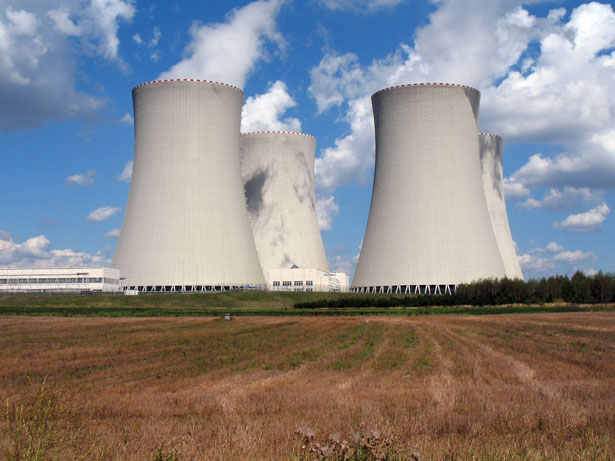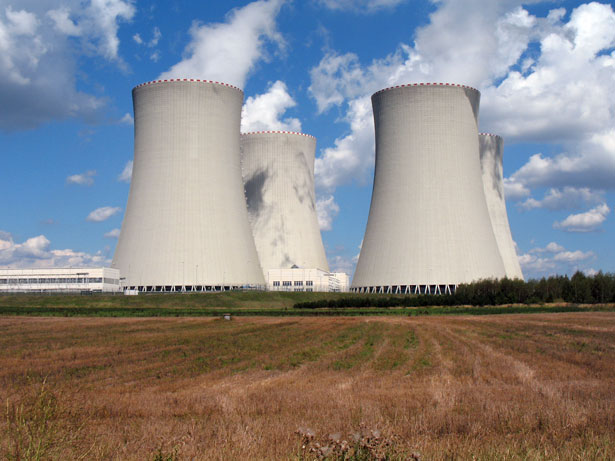
There’s no escaping the fact cooling towers are recognised by water treatment experts as a primary source for outbreaks of Legionnaires’ disease. And by acknowledging this fact the industry is forearmed so as to be more proactive in the ways in which Legionella is tested within such clearly dangerous environs. Which is of course, a positive thing. After all, it’s no good latching the gate after the horse has bolted, as the old adage testifies.
But just how big a (potential) problem are cooling towers when it comes to Legionnaires’?
Well, you only have to remind yourself of the recent outbreak in America in 2015, where a cooling tower based in a south Bronx hotel located in New York was pinpointed as the epicentre of an episode which ultimately saw 138 people fall ill with the disease, which in turn claimed 16 lives. As you are probably already aware, the Legionella bacteria is attracted to areas where warm water is allowed to stagnate for periods (and which is subject to temperature variations whilst in situ); with cooling towers a prime example of a perfect home for these most unwelcome of squatters.
In terms of how cooling towers have proven to be such accommodating hosts, then first we must look at the basics. That being the clement water temperatures we highlighted above which are found within the construct of cooling towers and which ensures that the required Celsius in which heat-loving legionella thrives is reached by way of the assemblage’s fundamental heat exchange process.
Recent research has confirmed that over in the US, 84% of the 194 cooling towers subjected to legionella testing returned positive results for the bacteria’s DNA. Which suggested that the bacterium – of which there have been 42 individual species classified to date – had been present (past tense), or indeed, remained present in the systems identified by the research carried out.
What Factors Can Make The Presence of Legionella in Cooling Towers More Likely?
Closer to home, and the UK is no less vulnerable to Legionnaires’ disease outbreaks than our friends across the pond, so it’s imperative that companies here continue to remain vigilant to the threats posed by bacteria which can seriously impact human health. On which note, it’s important to know what factors can – and do – ensure that the risk of legionella making its presence felt in cooling towers isn’t one we can afford to overlook. Below we take a quick look at the predominant movers and shakers, before we establish the rules of engagement as such.
- Aerosols – The way in which infected water disperses means that greater distribution can occur, which in turn has the propensity to affect an expansive area. Which explains just why cooling towers remain one of the most heavily regulated sectors within the water treatment sector; and perceived to be amongst the most perilous
- Biofilm growth – Due to the way in which cooling towers effectively wash the immediate air around them as they go about their business, means that they are in a constant state of vacuuming up any debris, dirt or dust which is circulating in the proximity at the time they are processing. Despite the best efforts of maintenance staff and regimes implemented, such foreign bodies can still accumulate deep within the basin of a tower and go unnoticed
- Temperature – The cooling tower basin could well be reached by the glare of sunlight, especially if the sides are exposed to the elements; which results in the growth of algae, which reacts to the warmth the water is then privy to itself. This in turn accelerates the opportunities for legionella to take root prosper
- Water quality – Sludge, rust and sediment can also collect in areas of a cooling tower which haven’t been properly monitored or tested for a passage of time; the upshot of which is the advent of legionella bacteria making unseen inroads behind the scenes
- Stagnant water – If the water is allowed to stagnate for long periods, then even the introduction of otherwise tried and tested chemical processes/treatments which directly target cooling towers may fail to hit the mark and have the desired effect on eradicating all traces of legionella
So, With This in Mind, What’s the Required Process for Legionella Monitoring/Testing in The UK?
The key to legionella test sampling, before we even address the process as such, is adapting a level of consistency going forward, if you haven’t already. It’s paramount that test samples should always be carried out in the same place and executed in the same manner, on each and every occasion, after that initial procedure determines the current state of play. As water testing professionals will dictate, it’s strongly recommended that cooling tower water samples are collected directly from the basin of the tower, and at the point further from the make-up water so as to avoid any contamination from sediments.
Thorough water-testing protocols will ensure that both general bacterial species as well as legionella will be identified at the point of analysis back in the laboratory, with dip slides being one of the primary means of determining outcomes. And to ascertain whether or not micro-bacterial control is being effective as an existing means of keeping the threat of legionella at bay within the confines of a traditional cooling system. When questioned as to regularity, and at the very least quarterly checks should be performed on cooling towers; unless of course an outbreak has occurred which requires more urgent sampling to pinpoint the source of the outbreak. Again, more frequent sampling should be par for the course when commissioning a cooling tower or cooling water system, and before thrashing out a water treatment programme going forward.







